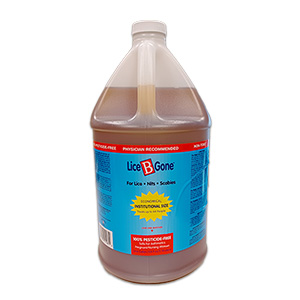Head Lice
The best way to find an infestation is to look for their eggs and nits. Eggs are white when they are first laid and turn brown before they hatch. Once they hatch, eggs are called nits. Eggs are glued to individual hair strands about 1/2-inch from the scalp. This glue is so strong the eggs cannot be as easily removed as dandruff and other hair debris. The first stage, the nit, stays glued to the hair. If you see something white or brownish and it does not come flaking off like dandruff, you have found lice eggs or nits.
Eggs hatch within 7-10 days after being laid. Immature lice pass through three stages before becoming adults, which takes another 8–9 days. An adult female head louse lays an average of 6-7 eggs per day and the average life span is about 32 days. One pregnant adult female can produce enough offspring to make a noticeable infestation after a month. A child having a significant infestation has been infested for at least a month or more.
Anyone can get head lice. Having them is not a reflection on cleanliness because they are very contagious. Anyone who shares a comb, puts heads together, wrestles, tries on clothing, or shares hooks or lockers for hats, coats and clothing can pick up lice. Head lice are present any time of year, with September being the worst month. That's why it is important to take action quickly–and remain calm if you find lice on yourself or your child. Treatment takes time (about an hour), and you will need the cooperation of your child.
-
$1.60–$69.95
-
$12.99–$59.99
$10.00–$59.99 -
$27.75–$69.99
-







